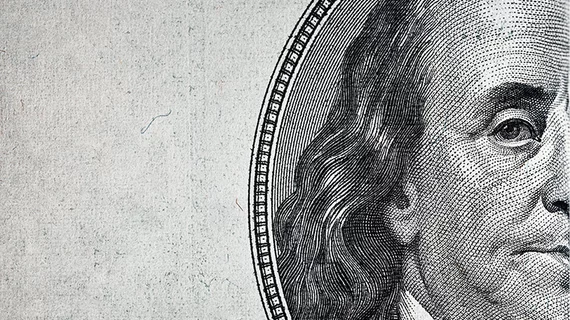Radiology trainees must learn to act as both interpreters and ‘stewards' of imaging utilization
Radiology trainees must become masters of the specialty’s business side, acting as both interpreters and “stewards of imaging utilization,” experts advised.
Leaders have often complained about early career radiologists’ lack of formal training around the economic elements of care. Wanting to close this knowledge gap, physicians with University Hospitals recently published “A Foundational Guide to Understanding Radiology Department Business Operations for Trainees.”
One of the key takeaways: As hospitals increasingly move into value-based models such as accountable care organizations and bundled payment contracts, physicians-in-training should task themselves with thoughtfully administering care.
“Radiologists participating in these models are increasingly expected to be stewards of imaging utilization and effectively manage healthcare resources,” Keval Parikh, MD, a resident physician in diagnostic radiology at University Hospitals Cleveland Medical Center, and colleagues wrote Dec. 16 in JACR. “Within this context of a globally changing incentive structure, trainees must reconceptualize their educational experience to equip themselves for both current and future types of clinical practice.”
For Parikh et al., this shift will mean radiologists partnering with clinicians to participate in rounds, seeing patients when necessary, and discouraging any unnecessary studies to help control costs. It’s conceivable in the future, he added, that radiologists will specifically be reimbursed for these “noninterpretive consulting duties.”
These demands to change will only grow louder if the Centers for Medicare & Medicaid Services moves forward with a planned 8% cut or $400 million drop in rad pay in 2021. While many are trying to fight these changes, the University Hospitals experts believe they may help hasten healthcare’s move toward value.
“If budget neutrality is maintained, these changes will further undermine the [fee-for-service] payment model,” the writers advised. “Therefore, radiologists may consider quicker transition to participation in [alternative payment models]. This again encourages a mindset shift from quantity to quality of care, and radiologists must establish their value through imaging stewardship.”
Read more of their guidance in the Journal of the American College of Radiology here.

